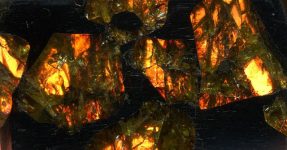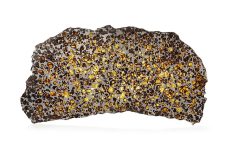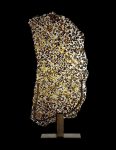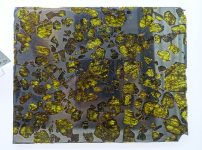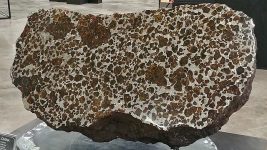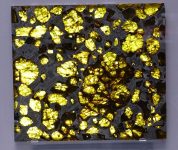fukang
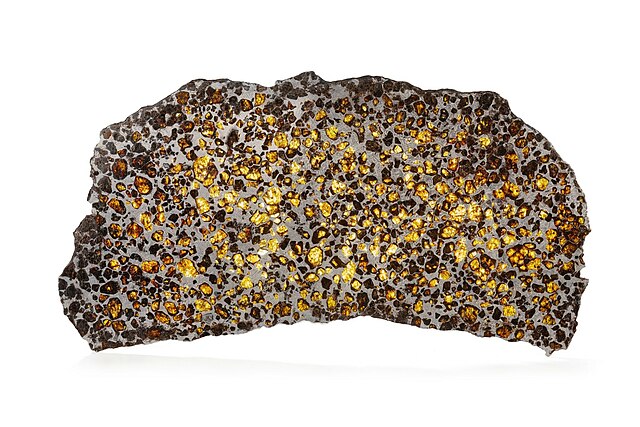


Fukang
The Fukang meteorite is a rare and spectacular pallasite meteorite that was discovered in the Gobi Desert in China in 2000. Known for its exceptional beauty and unique composition, the Fukang meteorite has captivated scientists and collectors alike, offering valuable insights into the formation and evolution of asteroids and the early solar system.
Discovery and History
The Fukang meteorite was discovered in the Xinjiang Uygur Autonomous Region of northwest China, specifically in the Gobi Desert, in 2000. Its discovery was notable for several reasons, including its large size and the remarkable quality of its olivine crystals embedded in an iron-nickel matrix.
Characteristics and Composition
The Fukang meteorite is classified as a pallasite, a rare type of stony-iron meteorite characterized by the presence of olivine crystals within a matrix of iron and nickel.
Olivine Crystals
One of the defining features of the Fukang meteorite is the presence of large, gem-quality olivine crystals. These crystals, known for their translucent green color and pristine condition, are scattered throughout the meteorite’s matrix. The olivine crystals in Fukang are particularly striking and contribute to the meteorite’s exceptional beauty and scientific value.
Iron-Nickel Matrix
The matrix of the Fukang meteorite consists primarily of iron and nickel, typical of iron meteorites. This metallic matrix surrounds and supports the olivine crystals, forming a composite structure that is characteristic of pallasites.
Geological and Astronomical Significance
The Fukang meteorite is of immense scientific importance, providing insights into the processes of planetary differentiation and the conditions prevailing in the early solar system.
Formation and Differentiation
Pallasites like Fukang are believed to originate from the boundary region between the core and mantle of differentiated asteroids. The presence of olivine crystals within an iron-nickel matrix suggests that the parent body underwent significant heating and differentiation processes early in the solar system’s history.
Impact and Fragmentation
The discovery of the Fukang meteorite fragments in the Gobi Desert suggests that it may have originated from a larger parent body that underwent fragmentation due to collisions or impacts. Studying Fukang and similar pallasites helps scientists understand the impact histories and collision events that shaped asteroidal bodies in the early solar system.
Cultural and Aesthetic Value
Beyond its scientific significance, the Fukang meteorite holds cultural and aesthetic value, making it highly prized by collectors and museums worldwide.
Aesthetic Appeal
Fukang meteorite specimens are renowned for their exceptional beauty and aesthetic appeal. The combination of gem-quality olivine crystals and metallic matrix creates a visually striking contrast that appeals to collectors and enthusiasts.
Collectibility
Due to its rarity and unique composition, Fukang meteorite specimens are highly sought after by collectors. Polished slices of Fukang meteorite, which showcase the olivine crystals and Widmanstätten patterns, are particularly prized for their aesthetic qualities and scientific value.
Museum Exhibits
Fukang meteorite fragments are featured in prestigious museum collections and exhibitions worldwide, where they serve as examples of the natural beauty and scientific importance of meteorites. These exhibits provide opportunities for the public to learn about meteoritics, planetary science, and the origins of our solar system.
